-
 Bitcoin
Bitcoin $116700
2.16% -
 Ethereum
Ethereum $3830
5.76% -
 XRP
XRP $3.082
4.56% -
 Tether USDt
Tether USDt $1.000
0.04% -
 BNB
BNB $777.8
1.96% -
 Solana
Solana $173.2
5.46% -
 USDC
USDC $0.0000
0.02% -
 Dogecoin
Dogecoin $0.2146
6.85% -
 TRON
TRON $0.3384
0.92% -
 Cardano
Cardano $0.7676
5.51% -
 Hyperliquid
Hyperliquid $39.28
4.90% -
 Sui
Sui $3.723
9.07% -
 Stellar
Stellar $0.4164
6.32% -
 Chainlink
Chainlink $17.36
5.78% -
 Bitcoin Cash
Bitcoin Cash $580.9
3.62% -
 Hedera
Hedera $0.2544
5.50% -
 Ethena USDe
Ethena USDe $1.001
0.02% -
 Avalanche
Avalanche $22.81
3.81% -
 Litecoin
Litecoin $120.8
3.60% -
 UNUS SED LEO
UNUS SED LEO $8.956
-0.35% -
 Toncoin
Toncoin $3.311
4.28% -
 Shiba Inu
Shiba Inu $0.00001266
4.15% -
 Uniswap
Uniswap $10.10
5.97% -
 Polkadot
Polkadot $3.786
4.80% -
 Dai
Dai $1.000
0.01% -
 Monero
Monero $280.4
-4.02% -
 Bitget Token
Bitget Token $4.405
1.69% -
 Cronos
Cronos $0.1480
5.13% -
 Pepe
Pepe $0.00001087
5.67% -
 Ethena
Ethena $0.6348
11.62%
How to backup MetaMask wallet? What if the mnemonic is lost?
Back up your MetaMask wallet using the mnemonic phrase, store it securely, and never digitally to protect your assets from loss or theft.
May 02, 2025 at 05:00 pm

Introduction to MetaMask Wallet Backup
MetaMask is a popular cryptocurrency wallet that allows users to interact with the Ethereum blockchain and other compatible networks. One of the critical aspects of using MetaMask is ensuring the safety of your wallet through proper backup procedures. This article will guide you through the process of backing up your MetaMask wallet and what to do if you lose your mnemonic phrase.
Why Backup Your MetaMask Wallet?
Backing up your MetaMask wallet is essential to protect your assets and ensure you can recover your wallet if something goes wrong. Without a backup, you risk losing access to your funds permanently. The primary method of backing up your wallet is through the mnemonic phrase, a set of words that can be used to restore your wallet on any device.
How to Backup Your MetaMask Wallet
To backup your MetaMask wallet, follow these detailed steps:
- Open MetaMask: Launch the MetaMask extension or mobile app and ensure you are logged into the wallet you wish to backup.
- Access the Backup Option: Click on the three dots in the top right corner of the MetaMask interface and select "Account Details". Then, click on "Export Private Key" or "Reveal Secret Recovery Phrase".
- Reveal the Mnemonic Phrase: You will be prompted to enter your password. After entering your password, you will see your mnemonic phrase. This is a list of 12 or 24 words that you must write down accurately.
- Secure the Mnemonic Phrase: Write down the mnemonic phrase on a piece of paper or store it in a secure physical location. Never store it digitally as it could be vulnerable to hacking.
- Verify the Backup: MetaMask will ask you to confirm the mnemonic phrase by selecting the words in the correct order. This step ensures you have correctly recorded the phrase.
Storing Your Mnemonic Phrase Safely
The mnemonic phrase is the key to your wallet, and its security is paramount. Here are some best practices for storing your mnemonic phrase:
- Physical Storage: Store the written mnemonic phrase in a safe or a secure lockbox. Consider using a fireproof and waterproof container for added protection.
- Multiple Copies: Keep multiple copies in different secure locations to mitigate the risk of loss due to unforeseen events like fires or floods.
- Avoid Digital Storage: Do not store your mnemonic phrase digitally, such as in emails, text messages, or cloud storage, as these can be hacked.
- Inform Trusted Individuals: Consider informing a trusted family member or friend about the location of your mnemonic phrase, but do not share the actual phrase with them.
What to Do If You Lose Your Mnemonic Phrase
Losing your mnemonic phrase can be a stressful situation, but there are steps you can take to attempt to recover your wallet:
- Check All Possible Locations: Thoroughly search all possible locations where you might have stored the mnemonic phrase, including safe deposit boxes, personal safes, and any other secure locations.
- Contact Support: Reach out to MetaMask support for guidance. While they cannot recover your mnemonic phrase, they can provide advice on next steps.
- Use Alternative Recovery Methods: If you have exported your private key or have other backups, you may be able to use these to regain access to your wallet. However, this is not a standard practice and should be used cautiously.
- Accept the Loss: If all else fails, you may need to accept that your funds are irretrievably lost. This underscores the importance of securely backing up your mnemonic phrase from the start.
Restoring Your MetaMask Wallet with the Mnemonic Phrase
If you need to restore your MetaMask wallet, follow these steps:
- Open MetaMask: Launch the MetaMask extension or mobile app on the new device.
- Start the Restoration Process: Click on "Import using Secret Recovery Phrase" during the setup process or go to "Restore Account" if you are already logged in.
- Enter the Mnemonic Phrase: Carefully enter the mnemonic phrase exactly as you recorded it. Ensure the words are in the correct order.
- Set a New Password: Create a new strong password for your wallet. This password will be used to access your wallet on the new device.
- Verify the Restoration: Once the mnemonic phrase is entered correctly, MetaMask will restore your wallet, and you should see your accounts and balances.
Frequently Asked Questions
Q1: Can I use the same mnemonic phrase on multiple devices?
Yes, you can use the same mnemonic phrase to restore your MetaMask wallet on multiple devices. However, ensure that each device is secure and that you do not compromise the safety of your mnemonic phrase by storing it digitally on these devices.
Q2: Is it safe to take a photo of my mnemonic phrase?
No, it is not safe to take a photo of your mnemonic phrase. Digital storage increases the risk of your mnemonic phrase being hacked or stolen. Always store your mnemonic phrase in a physical, secure location.
Q3: Can I change my mnemonic phrase in MetaMask?
No, you cannot change your mnemonic phrase within MetaMask. If you need a new mnemonic phrase, you would need to create a new wallet and transfer your funds to the new wallet.
Q4: What should I do if someone else sees my mnemonic phrase?
If someone else sees your mnemonic phrase, immediately transfer your funds to a new wallet with a new mnemonic phrase. Treat the compromised mnemonic phrase as if it were lost and follow the steps for losing your mnemonic phrase to secure your assets.
Disclaimer:info@kdj.com
The information provided is not trading advice. kdj.com does not assume any responsibility for any investments made based on the information provided in this article. Cryptocurrencies are highly volatile and it is highly recommended that you invest with caution after thorough research!
If you believe that the content used on this website infringes your copyright, please contact us immediately (info@kdj.com) and we will delete it promptly.
- Ollama Turbo & GPT-OSS: Revolutionizing AI Model Accessibility and Speed
- 2025-08-07 20:29:33
- Bitcoin Ordinals: NFTs Evolving Bitcoin or a Fleeting Fad?
- 2025-08-07 20:29:33
- BlockchainFX, Bitcoin Swift, Crypto Presales: What's the Hype?
- 2025-08-07 19:10:13
- Pepe Dollar (PEPD) vs. SPX6900: The Meme Coin Battle of 2025
- 2025-08-07 19:50:12
- XRP Investment Regret: Are You Missing Out on the Next Big Thing?
- 2025-08-07 19:50:12
- XRPINU: More Than Just a Meme? Roadmap, Liquidity, and the Future of Funny Money
- 2025-08-07 19:56:46
Related knowledge
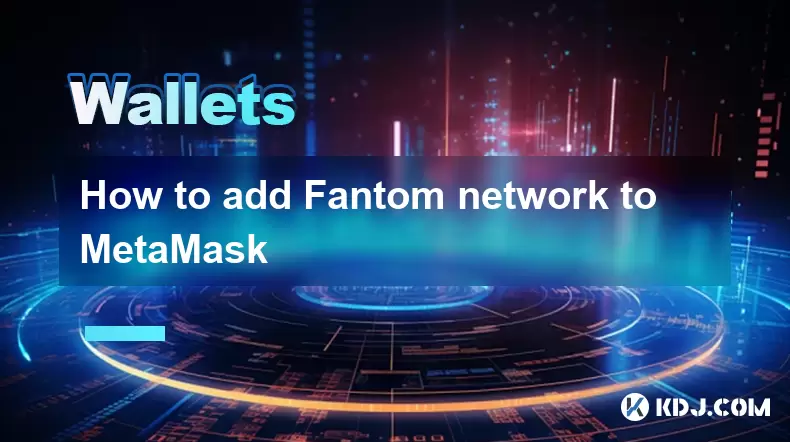
How to add Fantom network to MetaMask
Aug 07,2025 at 08:21am
Understanding the Fantom Network and MetaMask IntegrationThe Fantom network is a high-performance, scalable, and secure blockchain platform designed f...
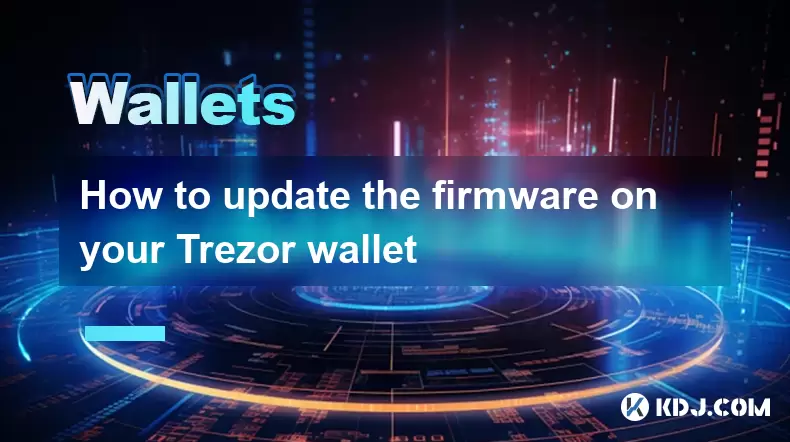
How to update the firmware on your Trezor wallet
Aug 07,2025 at 05:00pm
Understanding the Role of Staking in Cryptocurrency EcosystemsStaking has become a fundamental component of many blockchain networks that operate unde...
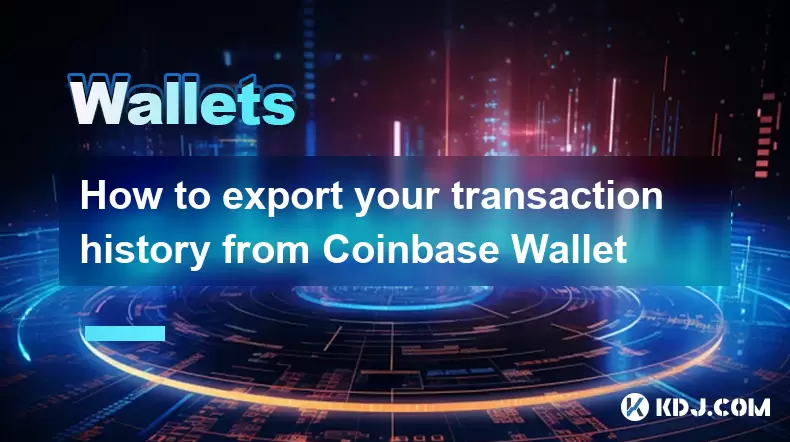
How to export your transaction history from Coinbase Wallet
Aug 07,2025 at 06:50am
Understanding Coinbase Wallet and Transaction HistoryCoinbase Wallet is a self-custodial cryptocurrency wallet that allows users to store, manage, and...
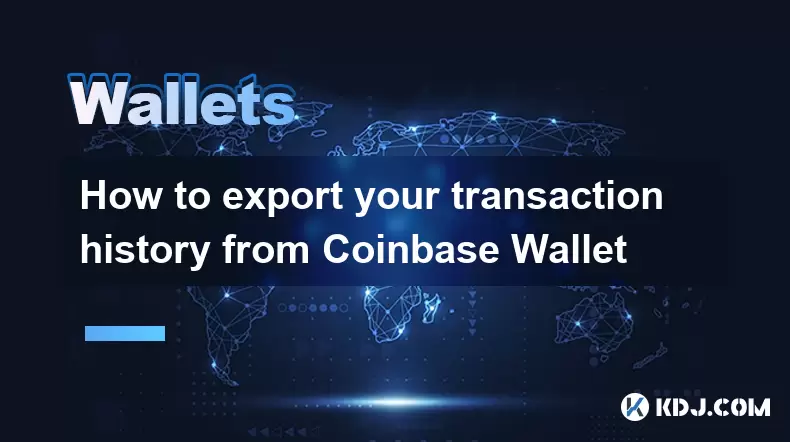
How to export your transaction history from Coinbase Wallet
Aug 07,2025 at 08:49am
Understanding Coinbase Wallet and Transaction HistoryCoinbase Wallet is a self-custodial cryptocurrency wallet that allows users to store, manage, and...
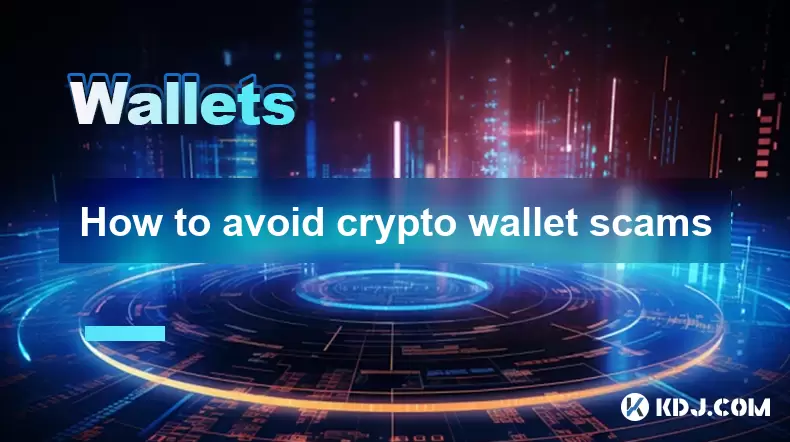
How to avoid crypto wallet scams
Aug 07,2025 at 02:21pm
Understanding Common Types of Crypto Wallet ScamsCrypto wallet scams come in various forms, each designed to exploit user trust, technical ignorance, ...
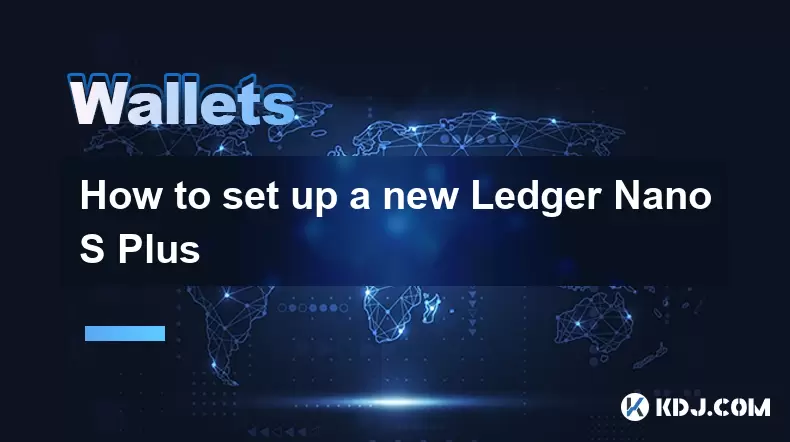
How to set up a new Ledger Nano S Plus
Aug 07,2025 at 06:01am
Unboxing and Initial InspectionWhen you receive your Ledger Nano S Plus, begin by carefully unboxing the package. Inside, you should find the Ledger N...

How to add Fantom network to MetaMask
Aug 07,2025 at 08:21am
Understanding the Fantom Network and MetaMask IntegrationThe Fantom network is a high-performance, scalable, and secure blockchain platform designed f...

How to update the firmware on your Trezor wallet
Aug 07,2025 at 05:00pm
Understanding the Role of Staking in Cryptocurrency EcosystemsStaking has become a fundamental component of many blockchain networks that operate unde...

How to export your transaction history from Coinbase Wallet
Aug 07,2025 at 06:50am
Understanding Coinbase Wallet and Transaction HistoryCoinbase Wallet is a self-custodial cryptocurrency wallet that allows users to store, manage, and...

How to export your transaction history from Coinbase Wallet
Aug 07,2025 at 08:49am
Understanding Coinbase Wallet and Transaction HistoryCoinbase Wallet is a self-custodial cryptocurrency wallet that allows users to store, manage, and...

How to avoid crypto wallet scams
Aug 07,2025 at 02:21pm
Understanding Common Types of Crypto Wallet ScamsCrypto wallet scams come in various forms, each designed to exploit user trust, technical ignorance, ...

How to set up a new Ledger Nano S Plus
Aug 07,2025 at 06:01am
Unboxing and Initial InspectionWhen you receive your Ledger Nano S Plus, begin by carefully unboxing the package. Inside, you should find the Ledger N...
See all articles

























































































